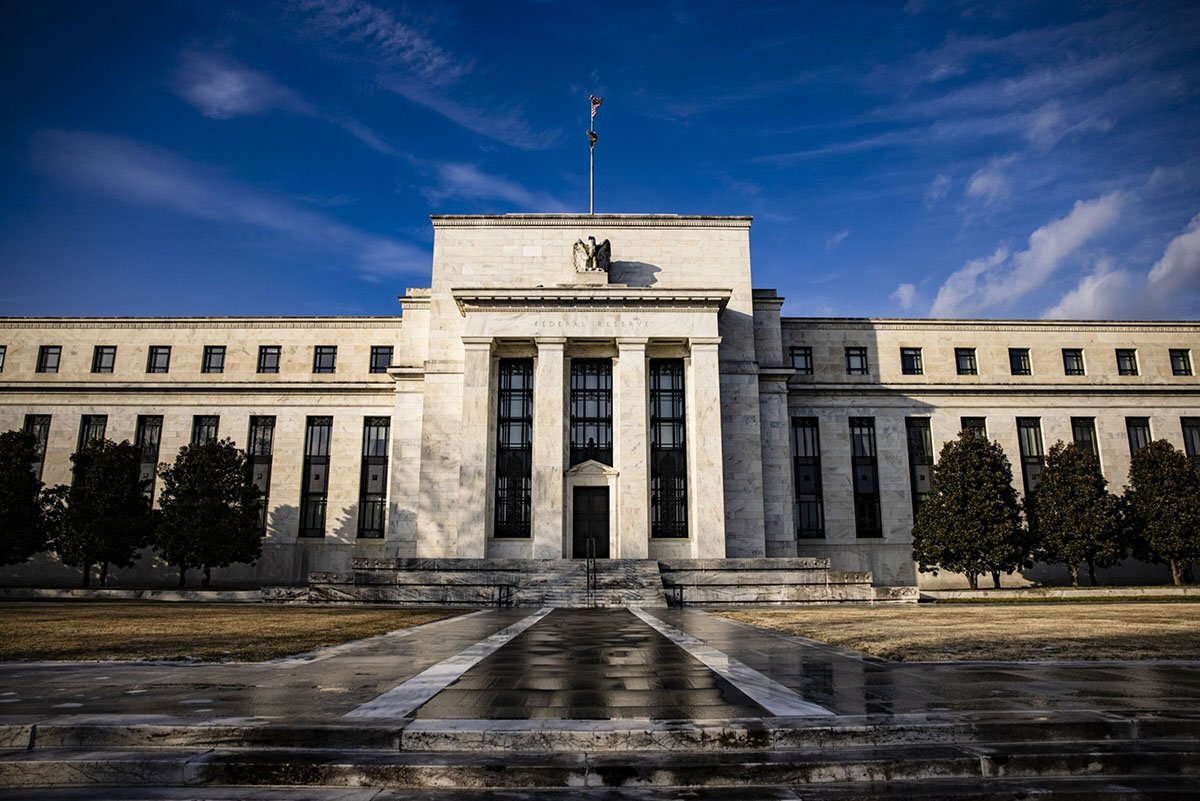
Much ink has been spilled over the sunsetting of the London interbank offered rate (LIBOR) and its replacement (in U.S. dollars) by the Secured Overnight Funding Rate (SOFR). The SOFR benchmark rate measures the cost to banks of borrowing cash overnight on a collateralized basis. To date, the commentary has mostly focused on the enormous sums involved—the $223 trillion in LIBOR instruments outstanding—and the behaviors uncovered in the 2013 LIBOR scandals that led regulators to decree that LIBOR had to be replaced by a new benchmark.
Less attention has been paid to the question of how trading in SOFR instruments will evolve over time. Yet this is what really matters. Trading is where money will be made and lost in the new market—it's where the rubber hits the road. In time, SOFR will become an effective replacement benchmark for LIBOR. However, the current lack of a developed SOFR derivatives market will have many unforeseen, and adverse, impacts on both financial market participants and businesses and consumers exposed to LIBOR-based products.
Complete your profile to continue reading and get FREE access to Treasury & Risk, part of your ALM digital membership.
Your access to unlimited Treasury & Risk content isn’t changing.
Once you are an ALM digital member, you’ll receive:
- Critical Treasury & Risk information including in-depth analysis of treasury and finance best practices, case studies with corporate innovators, informative newsletters, educational webcasts and videos, and resources from industry leaders.
- Exclusive discounts on ALM and Treasury & Risk events.
- Access to other award-winning ALM websites including PropertyCasualty360.com and Law.com.
*May exclude premium content
Already have an account? Sign In
© 2024 ALM Global, LLC, All Rights Reserved. Request academic re-use from www.copyright.com. All other uses, submit a request to [email protected]. For more information visit Asset & Logo Licensing.







